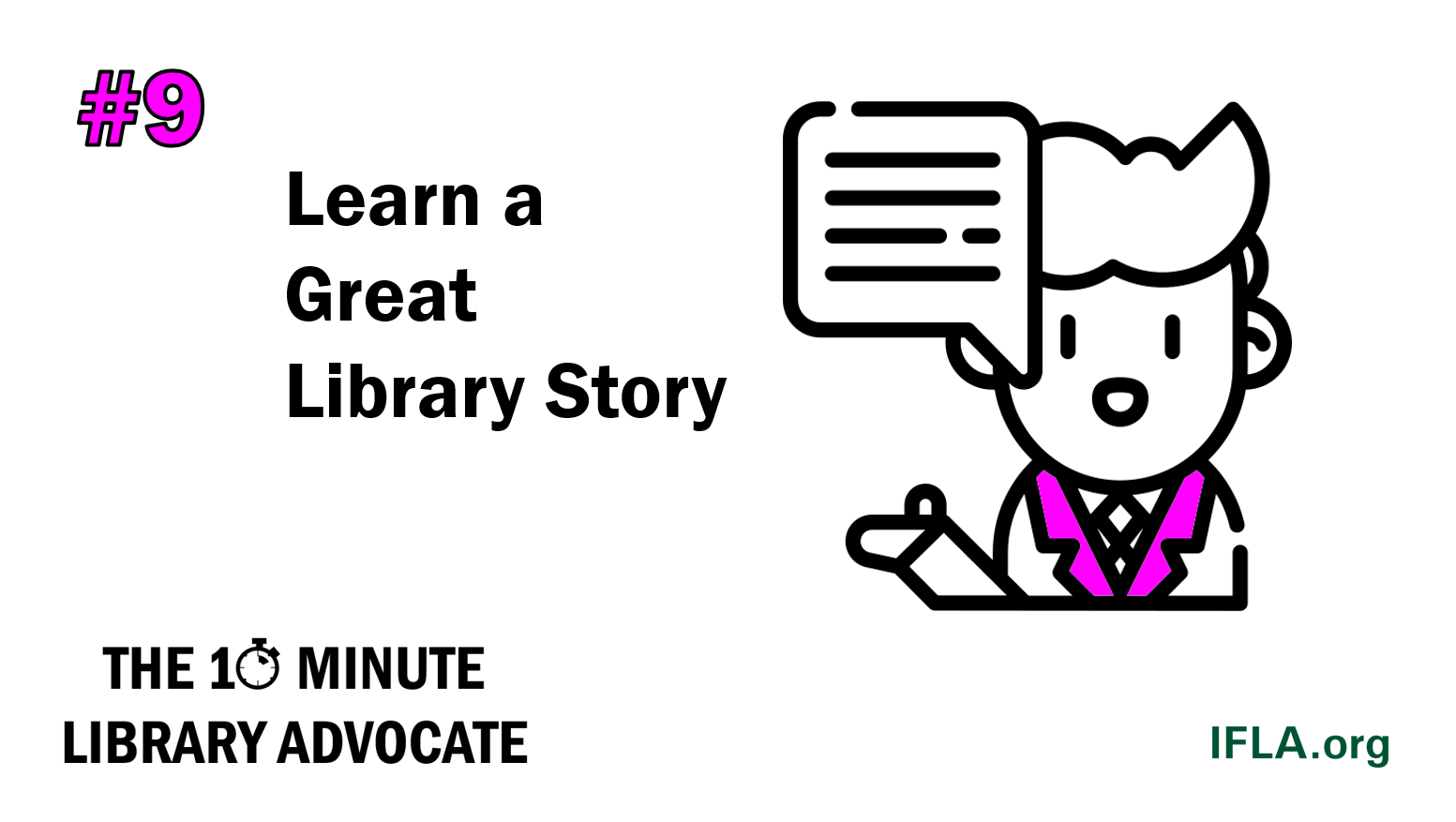In advocating for libraries, it is always powerful to have data or stories to hand.
As mentioned in previous posts, these can make your message stronger and more credible, both in terms of making your arguments real for others, and adding hard facts for the more statistically-minded.
Crucially, it means that you are not just sharing opinions, but that you can reinforce what you are saying with facts.
Of course, stories and data don’t last forever.
In particular, the experience of the last two years with the COVID pandemic has changed the way we perceive what is ‘normal’.
With it not sure whether we will ever return to previous ways of doing things, we cannot only refer to that world in making a relevant case for libraries.
So for our 76th 10-Minute International Librarian exercise, update your references.
Think about the stories and data you use in your advocacy. How old are they? How relevant are they still?
Can you bring them up to date, for example with evidence of the contribution of libraries, or the need for them, during the pandemic?
Can you find stories and evidence that responds to the issues that are highest on the agenda now?
Share your favourite examples of recent library impact in the comments box below.
Good luck!
This idea relates to the IFLA Strategy! Key Initiative 1.1: Show the power of libraries in achieving the Sustainable Development Goals
As we publish more ideas, you will be able to view these using the #10MinuteInternationalLibrarian tag on this blog, and of course on IFLA’s Ideas Store! Do also share your ideas in the com
